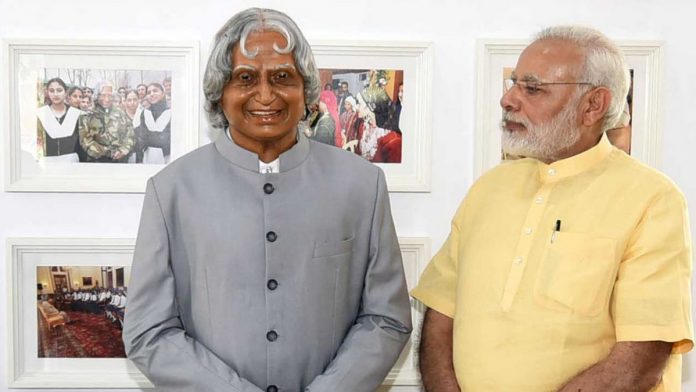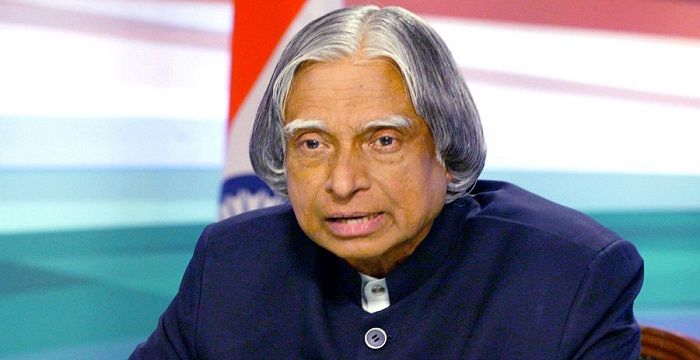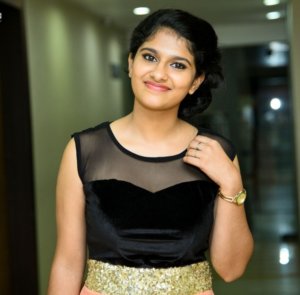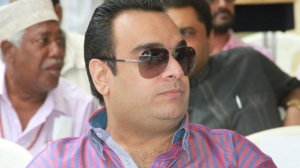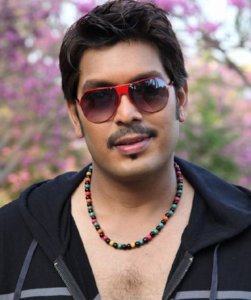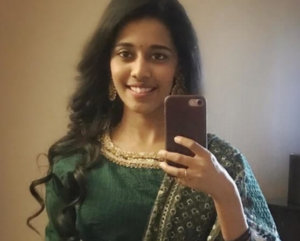Dr Apj Abdul Kalam is an Professor, Author, Aerospace Scientist
Current Age : 92 years, 10 months, 9 days
Dr Apj Abdul Kalam. Check out below to know more details about Dr Apj Abdul Kalam’s wiki, biography, age, wife, girlfriends, affair, height, weight, caste, family, career and more.
| Name |
Dr Apj Abdul Kalam |
| Original Name |
Avul Pakir Jainulabdeen Abdul Kalam
|
| Used / Nick Name |
Missile Man, People’s President |
| Sex |
Male |
| Nationality |
Indian |
| Profession |
Professor, Author, Aerospace Scientist |
| Origin |
Rameswaram, Tamil Nadu, India |
Age, Dob, Birthplace, zodiac, star sign
| Date Of Birth (DOB) |
10/15/1931 (M/D/Y) |
| Place Of Birth |
Rameswaram, Ramnad District, Madras Presidency, British India (now in Ramanathapuram District, Tamil Nadu, India) |
| Zodiac Sign |
LIBRA |
| Star Sign |
NA |
Personality, Physical Appearance
| Type Of Body |
Slim |
| Body Size and Measurements |
NA |
| Zero Size |
NA |
| Height |
5 feet 4 inches / 162 Centimeters |
| Weight |
60 kg / 132.3 lbs |
Father / Mother, Family Details
| Father Name |
Jainulabiddin Marakayar (A boat owner and Imam of a local Mosque) |
| Mother Name |
Ashiamma Jainulabiddin (Housewife)
|
| No. Of. Brothers |
3 |
| No. Of. Sisters |
1 |
| Brother(s) |
Kasim Mohammed, Mustafa Kamal, Mohammed Muthu Meera Lebbai Maraikayar |
| Sister(s) |
Asim Zohra (eldest) |
Education, Qualification
| Name Of School |
Schwartz Higher Secondary School, Ramanathapuram, Tamil Nadu, India |
| Name Of College |
St. Joseph’s College, Tiruchirappalli, Tamil Nadu, IndiaMadras Institute of Technology, Chromepet, Chennai, Tamil Nadu, India |
| Qualification |
Bachelor of Science in Physics from Saint Joseph’s College, the University of Madras in 1954 |
Career
In the wake of moving on from the Madras Institute of Technology in 1960, Kalam joined the Aeronautical Development Establishment of the Defense Research and Development Organization (by Press Information Bureau, Government of India) as a researcher in the wake of turning into an individual from the Defense Research and Development Service (DRDS). He began his vocation by planning a little air cushion vehicle, however stayed unconvinced by his decision of an occupation at DRDO. Kalam was additionally important for the INCOSPAR board of trustees working under Vikram Sarabhai, the prestigious space researcher. In 1969, Kalam was moved to the Indian Space Research Organization (ISRO) where he was the venture overseer of India’s first Satellite Launch Vehicle (SLV-III) which effectively sent the Rohini satellite in close earth circle in July 1980; Kalam had first begun take a shot at an expandable rocket venture autonomously at DRDO in 1965. In 1969, Kalam got the administration’s endorsement and extended the program to incorporate more designers.
In 1963 to 1964, he visited NASA’s Langley Research Center in Hampton, Virginia; Goddard Space Flight Center in Greenbelt, Maryland; and Wallops Flight Facility. Between the 1970s and 1990s, Kalam put forth an attempt to build up the Polar Satellite Launch Vehicle (PSLV) and SLV-III activities, the two of which end up being effective.
Kalam was welcomed by Raja Ramanna to observe the nation’s first atomic test Smiling Buddha as the delegate of TBRL, despite the fact that he had not taken an interest in its turn of events. During the 1970s, Kalam additionally coordinated two activities, Project Devil and Project Valiant, which tried to create ballistic rockets from the innovation of the fruitful SLV program. In spite of the dissatisfaction with regards to the Union Cabinet, Prime Minister Indira Gandhi allocated mystery assets for these aviation ventures through her optional forces under Kalam’s directorship. Kalam assumed a basic job persuading the Union Cabinet to disguise the genuine idea of these arranged aviation ventures. His examination and instructive authority brought him incredible trees and renown during the 1980s, which incited the legislature to start a serious rocket program under his directorship. Kalam and Dr V S Arunachalam, metallurgist and logical guide to the Defense Minister, chipped away at the proposal by the then Defense Minister, R. Venkataraman on a proposition for synchronous improvement of a bunch of rockets as opposed to taking arranged rockets consistently. R Venkatraman was instrumental in getting the bureau endorsement for assigning ₹ 3.88 billion for the mission, named Integrated Guided Missile Development Program (IGMDP) and named Kalam as the CEO. Kalam had a significant impact in creating numerous rockets under the mission including Agni, a moderate range ballistic rocket and Prithvi, the strategic surface-to-surface rocket, in spite of the fact that the undertakings have been reprimanded for bungle and cost and time invades.
Kalam filled in as the Chief Scientific Adviser to the Prime Minister and Secretary of the Defense Research and Development Organization from July 1992 to December 1999. The Pokhran-II atomic tests were led during this period in which he played an escalated political and mechanical job. Kalam filled in as the Chief Project Coordinator, alongside Rajagopala Chidambaram, during the testing stage. Media inclusion of Kalam during this period made him the nation’s most popular atomic researcher. In any case, the head of the site test, K Santhanam, said that the atomic bomb had been a “misfire” and censured Kalam for giving a wrong report. Both Kalam and Chidambaram excused the cases.
In 1998, alongside cardiologist Soma Raju, Kalam built up a minimal effort coronary stent, named the “Kalam-Raju Stent”. In 2012, the pair planned a rough tablet PC for medical services in country territories, which was named the “Kalam-Raju Tablet”
Debut Film: Karka Kasadara (2005, Tamil), Kanchanamala Cable TV (2005, Telugu), Valmiki (2005, Kannada), Rock N’ Roll (Malayalam), Julie 2 (2017, Bollywood)
Debut TV: Anu Alavum Bayamillai Season 2 (2009)
